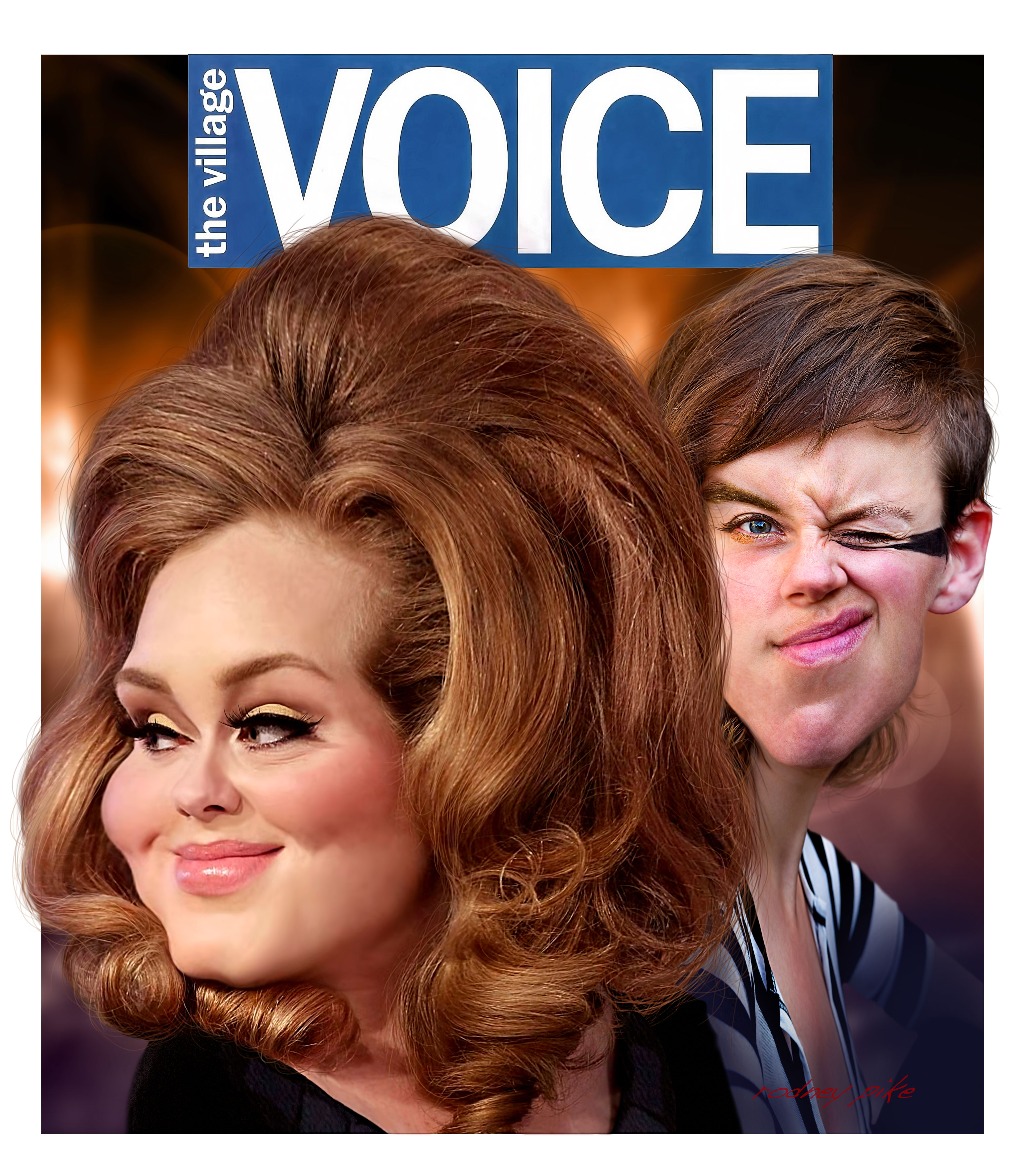

The Voice distinguished itself by challenging economic elites, especially the real estate developers who were making New York City less affordable and more unequal. The New York weekly had proven a decade earlier that a smart, serious weekly could occupy the ground that daily newspapers and radio and television news operations abandoned when they made the mistake of focusing on lowest-common-denominator “regional coverage” and began to pretend that weather reports were news. It is fair to say that this remarkable weekly newspaper, which was ready to pick fights rather than merely cover them, cleared the way for the breakthrough elections of mayors as distinct as John Lindsay and Bill de Blasio, and for local contenders - Bella Abzug, Shirley Chisholm, Elizabeth Holtzman, Carol Bellamy, Mark Green, Ted Weiss, Jerry Nadler - who became national and international figures.Īs alt-weeklies came into their own in the 1970s, evolving from their underground roots into vital voices from Boston to San Francisco, the model established by The Voice was essential. It broke open avenues for reformers and made possible a new urban politics that was fresher, bolder, more diverse and more adventurous. They modeled themselves on The Voice because the New York paper had shown what was possible - politically, culturally and journalistically.īy treating local electoral fights as epic conflicts between good and evil, and by writing about them with an enthusiasm that made those fights as interesting and significant as statewide and national contests, the Voice refocused the politics of New York City in the late 1950s and early ’60s. A new breed of “alternative” weeklies filled the void. As this happened, once-great daily papers disengaged from the gritty political battles that still played out in urban neighborhoods. And The Village Voice defined the genre as one that reconnected journalism to the fights that mattered in the great cities of the country.Įstablished daily newspapers became increasingly obsessed with wealthy suburbs in the 1950s, ’60s and ’70s, as advertisers began catering to the demands of wealthy suburbanites. Long before anyone used the terms “alt-right” or “alt-left,” there was the “alt-weekly.” Alternative weekly newspapers were - and in many cases still are - essential journalistic voices in communities across the country.


Whatever comes next, however, The Voice’s place in the history of modern journalism is secure. What Happens to Journalists When No One Wants to Print Their Words Anymore?


 0 kommentar(er)
0 kommentar(er)
